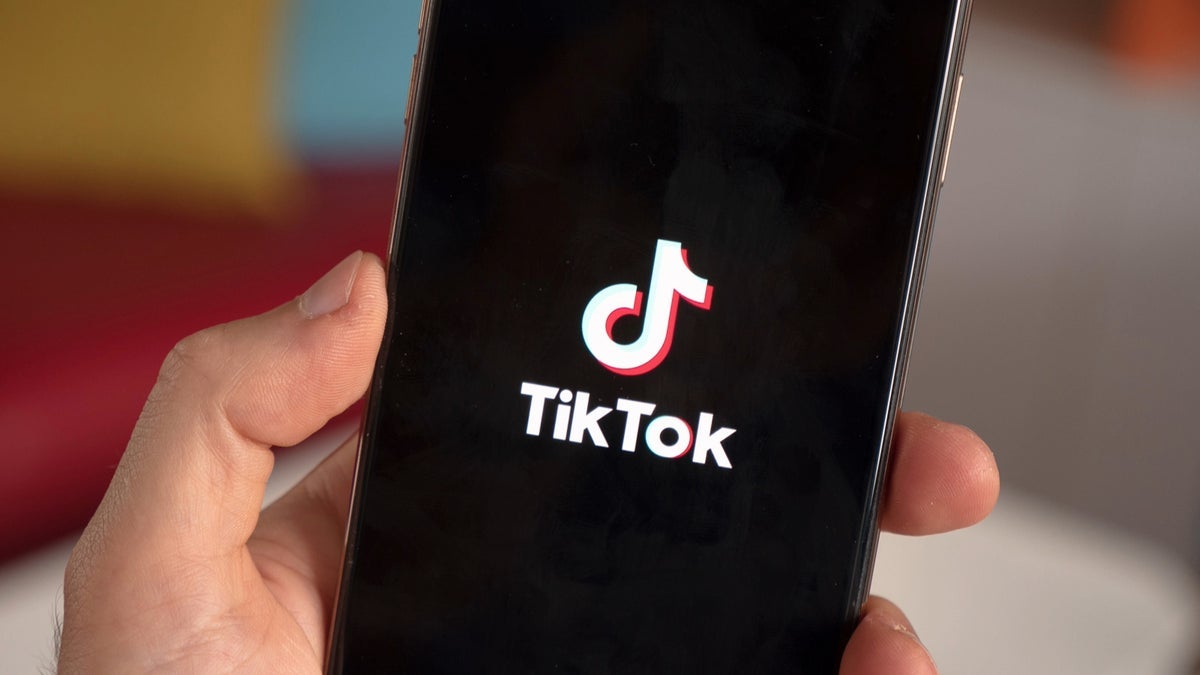Miliaria, commonly termed as “milialar” in colloquial language, is a prevalent skin condition frequently associated with excessive sweating. Typically seen in hot and humid climates, this condition can afflict anyone, regardless of gender, although infants and young children are particularly susceptible.
What is Milialar?
Miliaria, also known by various names such as prickly heat, sweat rash, heat rash, and summer rash, arises when sweat glands are blocked, preventing sweat from evaporating off the skin. Activities that induce heavy sweating, like strenuous exercises or even wearing tight clothing that doesn’t allow the skin to breathe, can exacerbate this condition.
Types of Miliaria
- milialar Crystallina: This is the mildest form and is characterized by tiny, clear, fluid-filled blisters. Predominantly affecting infants, these blisters are painless but might cause a slight itch.
- milialar Rubra: Commonly known as prickly heat, this type presents as small, red bumps on the skin. It is the itching and “prickly” sensation that gives it its moniker.
- milialar Profunda: Rare but more severe, this affects the deeper layers of the skin. It results in larger, flesh-colored papules which can be painful.
Risk Factors
The likelihood of developing milialar is influenced by:
- Environmental Factors: Humid and hot climates are conducive for sweat production.
- Age: Infants, due to underdeveloped sweat glands, are more susceptible.
- Physical Activity: Excessive sweating from strenuous activities can block pores.
- Clothing: Tight clothing can trap sweat.
- Medical Conditions: Hyperthyroidism or fevers can enhance sweating.
- Medications: Drugs like isotretinoin or lithium can increase risk.
Complications
Although generally benign, complications can arise:
- Infections: Opened blisters can become entry points for bacteria.
- Heat Exhaustion: Profuse sweating without adequate hydration can lead to dizziness, nausea, and headaches.
- Heat Stroke: A severe condition where body temperature rises dangerously high, causing confusion, seizures, or coma.
Home Remedies and Prevention
- Cool Baths: Provides immediate relief from itching.
- Cotton Clothing: Allows skin to breathe and reduces sweat.
- Stay Hydrated: Reduces excessive sweating.
- Powders: Helps in absorbing sweat, keeping the skin dry.
- Avoid Scratching: Scratching can exacerbate the condition.
Treatment Options
For most, milialar resolves without medical intervention. However, in persistent cases:
- Topical corticosteroids: Creams or ointments to reduce inflammation.
- Antibiotics: For treating secondary bacterial infections.
- Oral Antihistamines: Relieves itching.
Milialar Vs. Milia
While ‘milia’ sounds similar to ‘milialar’, they’re distinct. Milia are small, white or yellowish cysts caused by trapped keratin, not sweat.
Conclusion
milialar is a discomforting, though typically benign, skin condition. By understanding its causes and adopting preventive measures, its onset can be significantly minimized. If you or someone you know experiences severe or persistent symptoms, consult a dermatologist for a thorough evaluation.




